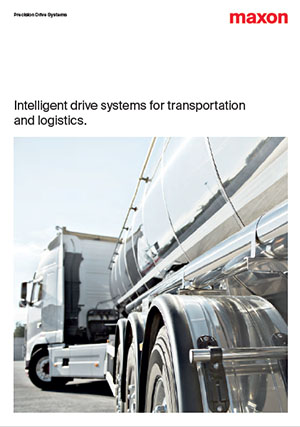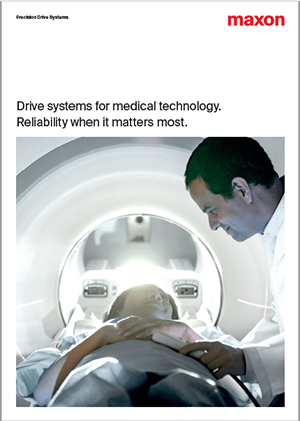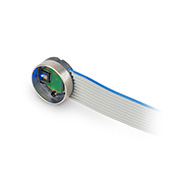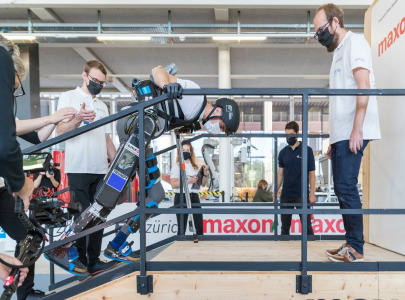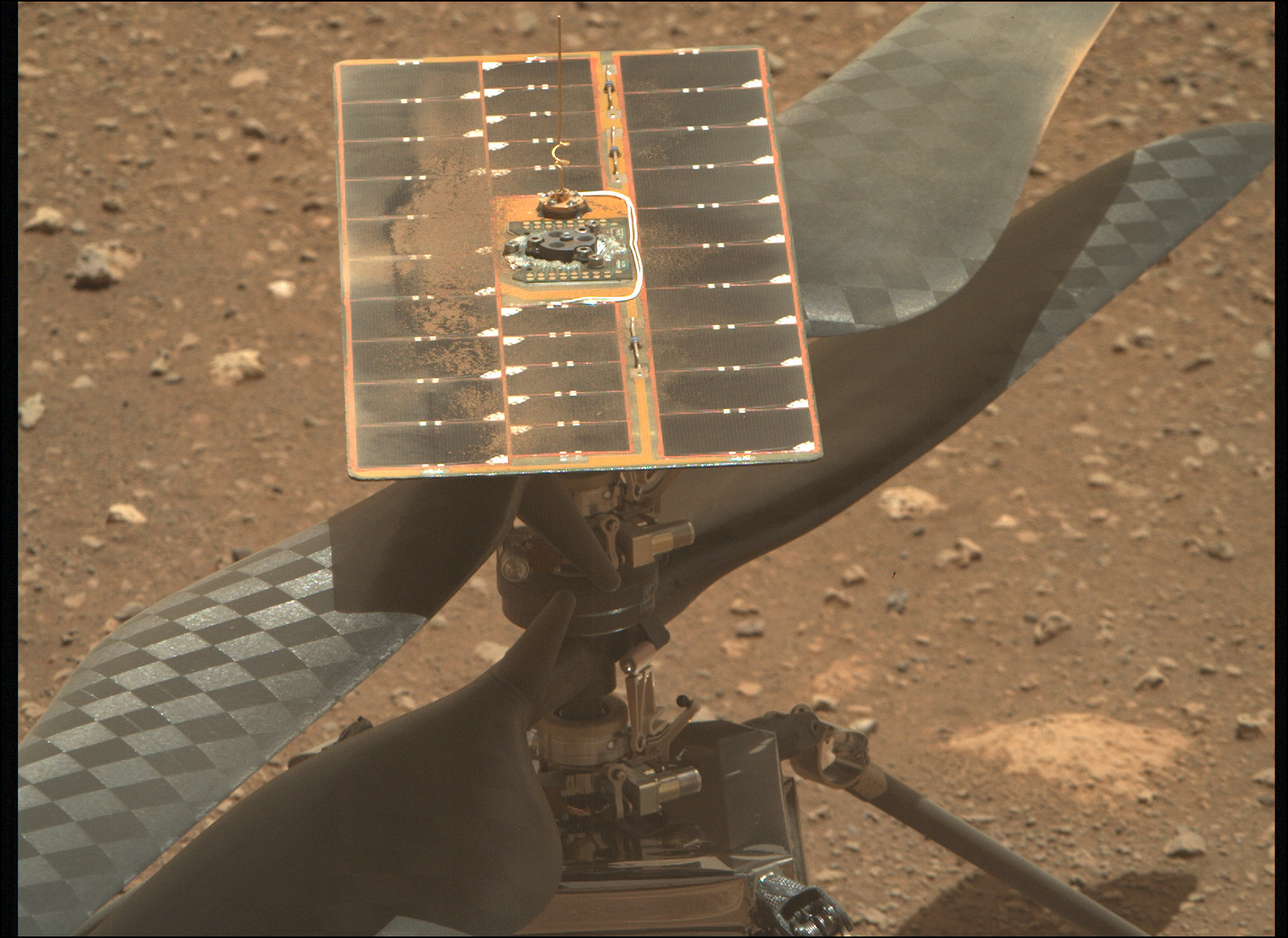maxon drives on the Red Planet
More than 100 electric motors from maxon have been used on the Red Planet and have withstood cosmic radiation, dust storms, and temperature fluctuations. With the Perseverance rover, precision drives are once again flying to Mars. The key to success is the same as before: standard industrial products.
More than 100 electric motors
from maxon have been used on the Red Planet and have withstood cosmic
radiation, dust storms, and temperature fluctuations. With the Perseverance
rover, precision drives are once again flying to Mars. The key to success is the
same as before: standard industrial products.
Mars missions without maxon drive systems? Unthinkable! In the
last two decades, these DC motors have been used in virtually all successful
robot missions. More than 100 of them are already on the Red Planet and the
number will go up again once NASA's Perseverance rover starts its work in 2021. Space
missions make up only a small part of maxon's projects, however. Most of the DC
and BLDC motors, controllers, gearheads, and encoders made by the Swiss company
end up in medical applications, industrial automation, or robotics.
So why is maxon such
an important supplier for space projects? The short answer is because of the
high quality of its standard products. All the drives that have been used on
Mars are based on products from the company's catalog, which are used on Earth
in all kinds of different applications. Naturally, modifications need to be
made to them so the products can withstand the harsh conditions. Nevertheless,
the basic designs are the same.
Into
the unknown with 11 DC motors
In 1997, for the first time in history, a vehicle roamed around
on the surface of Mars, taking photos and investigating the soil. NASA's Sojourner Rover, with six wheels and weighing just
11 kilograms, was intended at the time to be a relatively low-cost experiment.
The choice was made to use as many standard industrial products
as possible – such as the 11 DC motors used for propulsion, steering, and the
operation of scientific instruments. The maxon drives, with their typical ironless
rotor and rhombic winding, were more powerful and more dynamic than
conventional DC motors. maxon's engineers also modified the brushes and the
lubricant. At the time, we were all unsure if the modifications would be enough
for a successful Mars mission. We had no previous experience to help us and the
challenges were daunting. The drives had to survive: strong vibrations during
the rocket launch, vacuum and cosmic radiation during the journey, a hard
landing on Mars, dust storms and temperature fluctuations from -120 to +25°C.
However, the mission was a success, and maxon became world-renowned.
The urge to undertake further exploratory missions to the Red
Planet grew among space agencies. They were after answers to big questions,
such as: Is there water or ice on Mars? Does life exist there or could life at
least have existed there earlier? And why did the planetary neighbors Earth and
Mars develop in such different ways?
A duo exceeds all expectations
After the success of Sojourner, NASA decided to send two more scientific research robots into space at the same time: the twin rovers Opportunity and Spirit. They were in a whole different class from Sojourner, each weighing 185 kilograms and equipped with instruments that could brush the ground and drill into Martian rock. In January 2004, the vehicles landed on the planet separately from one another and started their mission, which was intended to last at least three months. Spirit ultimately worked for six years before it got stuck in the sand. Its twin Opportunity made it to 15 years, during which it traveled more than 45 kilometers. For the scientists involved, this mission was a dream come true: with the help of the rovers, they were able to demonstrate that liquid water must have once existed on the Red Planet – a prerequisite for life.
maxon made an important contribution: 35 brushed DC motors with diameters of 20 or 25 millimeters were used in each of the vehicles, responsible for propulsion, control, and the robotic arm. Another eight electric drives were used in the rovers' landing unit.
Similar motors were used again in 2008 when NASA sent its next mission to the Red Planet with the stationary Phoenix probe. It searched for frozen water and finally found it in a soil sample that was heated for analysis. maxon's drives aligned the solar panels of the probe and moved its robotic arm.
A motor hammers through the Martian soil
Many technical developments have occurred since then. Today, there are two more robots on Mars: One is the Curiosity Rover, which, in terms of its size and measuring instruments, dwarfs all previous missions. The vehicle has been in use since 2012, weighs almost a ton, and is equipped with ten instruments. In this project, maxon's contribution is small, but crucial. The company provided MR encoders that are needed for control of the motors.
At the end of 2018, the next stationary probe, InSight, landed on Mars. To extend its solar panels, the NASA engineers used the proven RE 25 motors that were previously installed in the twin rovers Spirit and Opportunity. Meanwhile, a new brushed DCX drive was deployed for the first time, in order to hammer a temperature probe (called a “mole”) several meters into the Martian soil.
Published by maxon on Aug 21, 2020






















